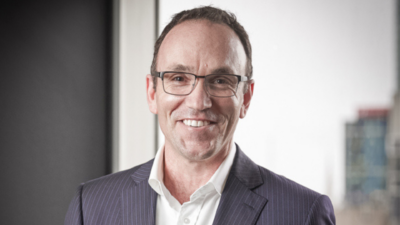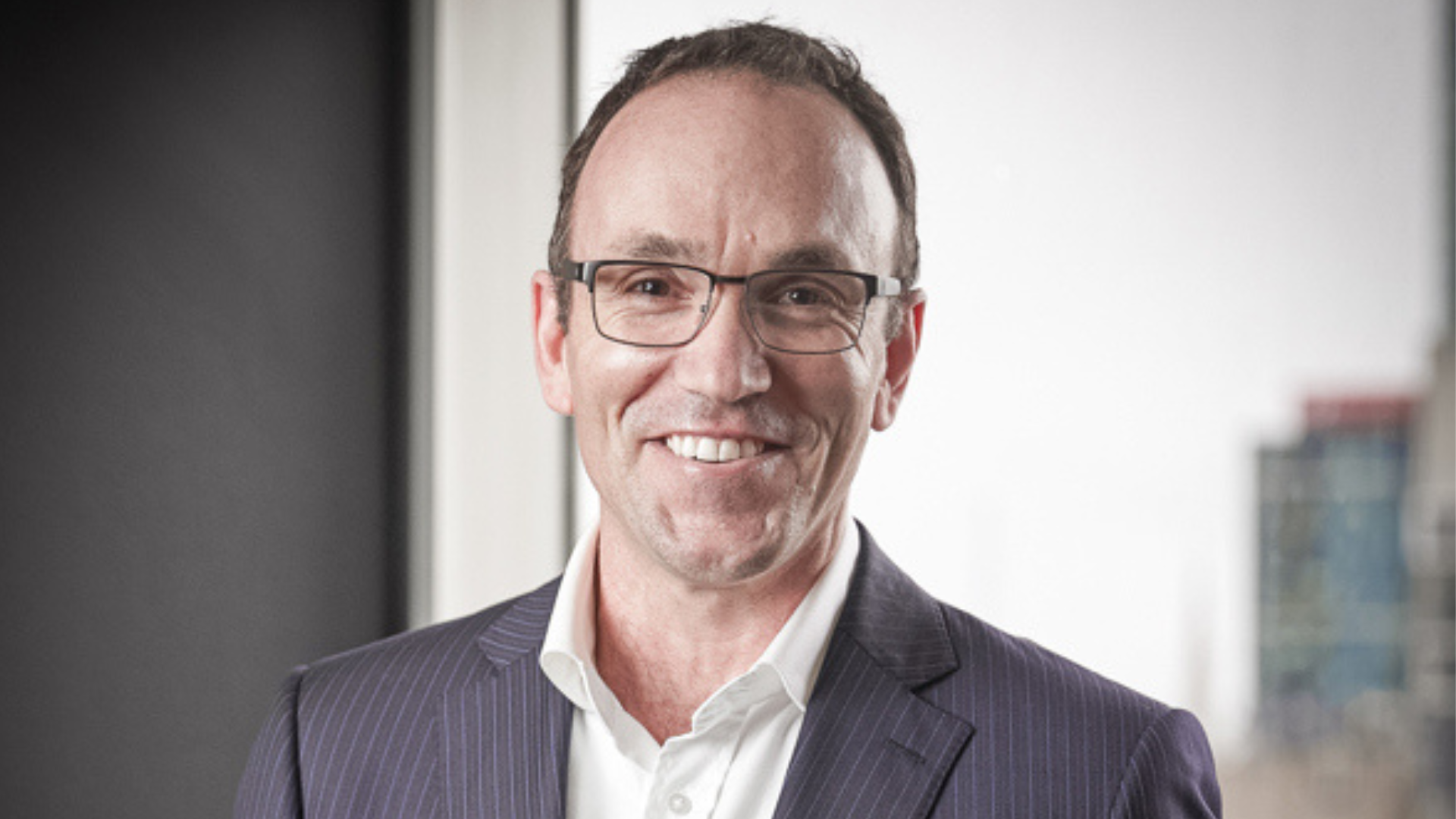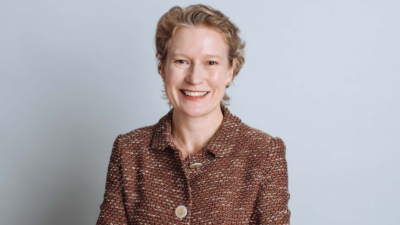A more scientific approach to risk assessment
As pension funds around the world gradually move to a risk-on set of strategies, questions linger as to how many have actually learned whatever lessons there are to be learned from the global financial crisis. Has risk been adequately assessed since 2008?
The polite answer is: yes, it has been assessed in the light of what has happened but probably not as adequately as the fund executives and trustees themselves would like. Risk is a difficult concept to come to terms with.
One of the big advances in recent theories of financial risk is the study of clusters and some healthy questioning of value at risk (VaR) models. The consultants at CheckRisk, a global risk consulting business established in 2008, say that models would tell us that clusters are not possible, but they are observable over history. Examples are: the 1929 Great Crash and worldwide depression, the end of World War II, the end of the Bretton-Woods standard and 1974 oil shock, 1987’s Black Monday, the tech bubble and crash, and the recent credit crunch.
Major risk events tend to occur in clusters – rarely in isolation.
Clusters are multiple events within a group of risks and period of time. Clusters can infect other clusters by spreading around the system. But “bridging” can also occur across the system when clusters have universal correlations of volatility to the point at which they begin to spread across the system rapidly.
Nick Bullman, a former global macro manager and director of Zurich Bank who founded CheckRisk, believes VaR, which is widely used by pension funds, is fundamentally flawed and is not an accurate indicator of real investment risk because it seriously underestimates the quantum of risk.
Bullman will present on risk and attempts to identify “Black Swans” at the IO&C Conference in Shanghai April 29-30: www.www.ioandc.com
Denis Carroll, a former super fund chief executive and funds management executive who last year became a partner and global chief executive of CheckRisk, says understanding where we are in the investment cycle helps to identify and prioritise risk and achieve better risk-adjusted decisions. The rate of change in risk factors is critical to the measurement of total risk in the system.
Carroll says: “Risk is non-linear and difficult to measure but human reactions to risk are predictable and hence essential to any risk assessment modeling. Using rate of change allows non-linear and behavioural risks to be measured in the same way.”
CheckRisk follows all major indices and more than 160 risk factors to analyse as many known risks as possible.
A relatively new risk in Australia, for instance, is the changed dynamic within a big super fund through the insourcing of some previously outsourced funds management tasks. In theory, this should give the fund more control over the management of the assets. But internal management also has risks, such as the risk of not accessing best-of-breed capabilities.
AustralianSuper, for instance, has embarked on a program to insource about $A30 billion in assets over the next few years. Peter Curtis, the head of investment operations at the fund, will be presenting a case study at the IO&C Conference as well.









